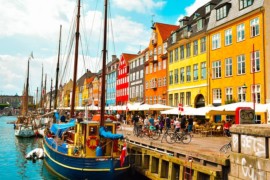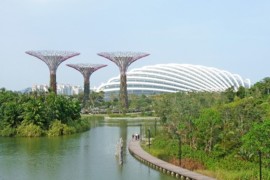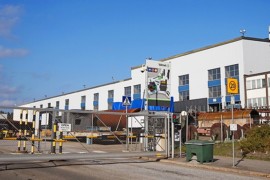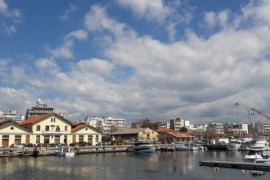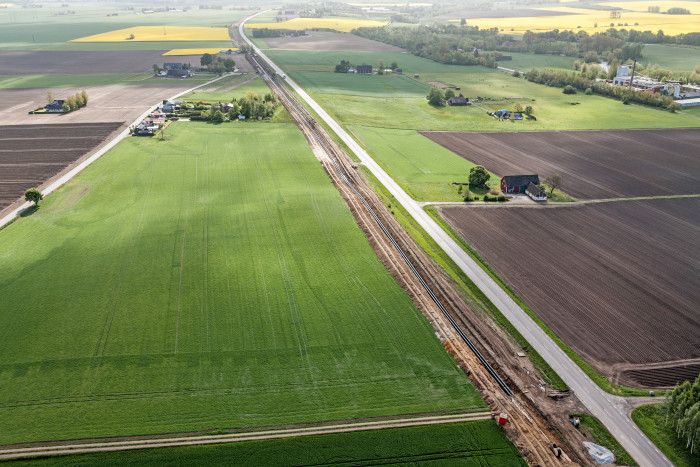
Sweden officially opened last December a new 29 km long section of pipes for a district heating network, which will connect the three heating networks of Lund, Helsingborg and Landskrona, bringing the total network length to 90 km. This extension to the network is the collaboration of three companies, Öresundskraft in Helsingborg, Kraftringen in Lund and Landskrona Energi who have worked together to link the three networks. In 2005, a pipeline had been built between Helsingborg and Landskrona and the success of this venture had been the inspiration behind initiating the project which has just recently come to fruition.
65 different companies came together to collaborate in the project, mostly local plumbing companies, welding or construction, and the project has generated nearly 400 full-time jobs, according to Landskrona Energi. The difficulty of the task had been increased by the possible presence of ancient sites in the path of the pipeline, including that of the battle of Lund in 1676. Archaeologists have thus found bullets, buttons, coins, games and dice during the excavations, as well as several traces of prehistoric settlements. The pipeline also passes through 45 different properties, different roads or railway lines and, of course, the route had to take account of existing pipelines.
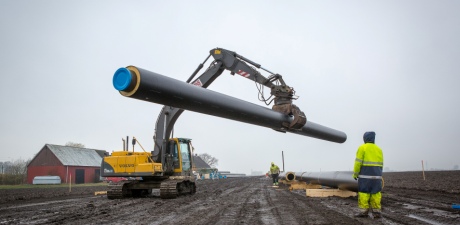
The interconnection of the three networks is expected to bring many benefits in terms of sustainable development, such as reduced emissions, more and improved use of waste heat, the use of different types of fuels due to the presence of several cogeneration plants, improved maintenance, etc. The three companies have also stated that the network will be less vulnerable to shutdowns or outages, and coordination of the three networks should be a success.
At a time when heating networks are on the front of the stage throughout Europe, with many government initiatives and many calls for projects, Scandinavia has in fact once again demonstrated its leadership in the field with fashionable and innovative thinking by connecting these three remote networks. It is to be hoped that similar types of initiatives will soon emerge in the United Kingdom shortly, in the drive to achieve the goals of energy transition and take advantage of initiatives and ideas of our neighbours in Europe.


